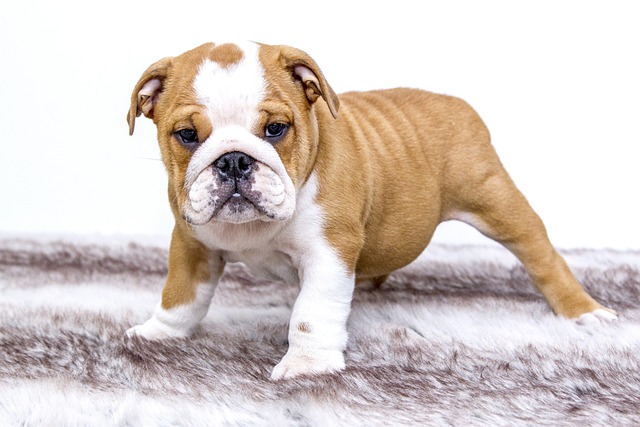
How do dogs get infected with ear mites
If you’ve ever watched your dog paw at their ear like it’s on fire, then noticed dark, crumbly gunk—like coffee grounds—when you peek inside, you’re probably dealing with ear mites.
Mastiffs are magnificent creatures, but their thick coats can turn your home into a fur festival if you’re not careful. Shedding is natural for these big dogs—their double coats adapt to temperature changes, after all—but there are ways to keep the loose hair under control without resorting to extreme measures.
Start with their diet. A lot of owners don’t realize that what goes into their Mastiff directly affects what comes out in their fur. Look for high-quality kibble with omega-3 fatty acids, like those from salmon or flaxseed. I’ve met a Mastiff in Portland whose owner switched to a diet rich in fish oil; within two months, the constant cloud of fur on their couch thinned out noticeably. Just avoid sudden food changes—Mastiffs have sensitive stomachs, and upset digestion can worsen shedding.
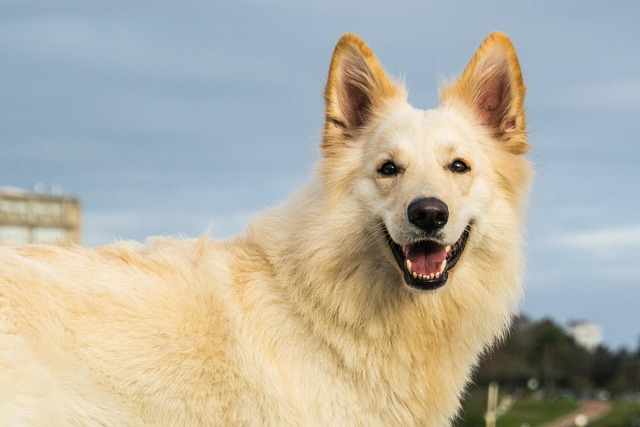 Regular grooming is non-negotiable, but timing matters. During peak shedding seasons (usually spring and fall), brush your Mastiff at least three times a week with a rubber curry comb or a de-shedding tool. I once helped a family in Texas who thought daily brushing would help, but over-brushing irritated their dog’s skin, leading to more hair loss. Aim for 10-15 minute sessions—enough to remove loose undercoat without causing discomfort. And don’t forget to check local regulations: some areas require proof of regular grooming if you’re renting with a large breed.
Regular grooming is non-negotiable, but timing matters. During peak shedding seasons (usually spring and fall), brush your Mastiff at least three times a week with a rubber curry comb or a de-shedding tool. I once helped a family in Texas who thought daily brushing would help, but over-brushing irritated their dog’s skin, leading to more hair loss. Aim for 10-15 minute sessions—enough to remove loose undercoat without causing discomfort. And don’t forget to check local regulations: some areas require proof of regular grooming if you’re renting with a large breed.
Environmental factors play a role too. Dry air, common in heated homes during winter, can dry out your Mastiff’s skin, making hair brittle and more likely to fall out. A humidifier set to 30-50% humidity can make a big difference. Also, wash their bedding weekly in a mild, fragrance-free detergent—dust and allergens trapped in fabric can irritate their skin, triggering excessive shedding. In many European countries, keeping pet areas clean is part of public health guidelines, so this habit helps with compliance too.
Lastly, keep an eye out for red flags. If shedding is accompanied by bald patches, flaky skin, or excessive scratching, it could signal issues like allergies or thyroid problems. In the UK, for example, vets are required to report certain skin conditions that might affect other animals or humans, so prompt check-ups aren’t just good for your dog—they’re often legally advisable. Most importantly, remember that no dog is completely non-shedding. Even with the best care, you’ll still find a few stray hairs on your clothes—that’s just part of loving a Mastiff.

If you’ve ever watched your dog paw at their ear like it’s on fire, then noticed dark, crumbly gunk—like coffee grounds—when you peek inside, you’re probably dealing with ear mites.
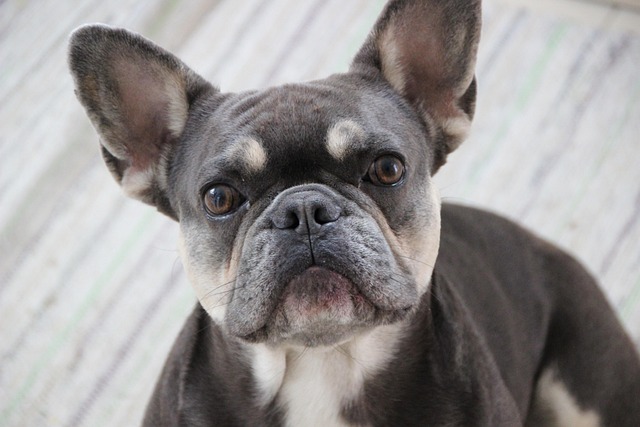
If you’ve ever watched your poodle squint through a Miami afternoon, paws darting to rub at their eyes after a romp in the grass, you’ve probably thought
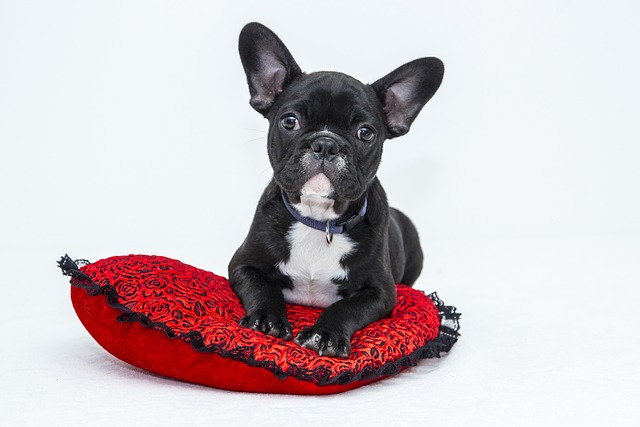
If you’ve ever noticed your dog’s paws or nose turning thick, crusty, and rough—like they’re covered in dried clay—and wondered, “Could tiny bugs be causing this?”
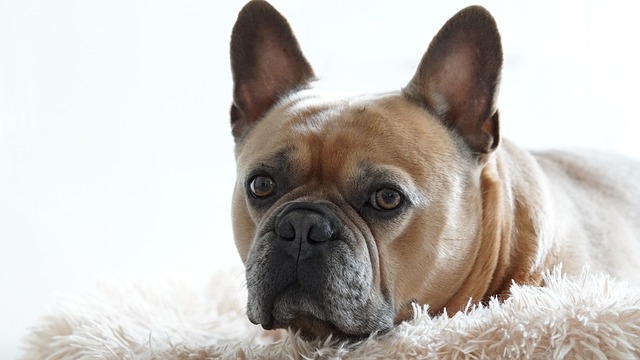
That heart-sinking moment when your golden retriever hesitates before jumping onto your Seattle apartment’s hardwood floor, licking at cracked, sandpaper-rough paw pads?

Once-obedient puppy suddenly ignoring commands, darting after squirrels mid-walk, or chewing the couch instead of their toy—many owners wonder if they’re doing something wrong.
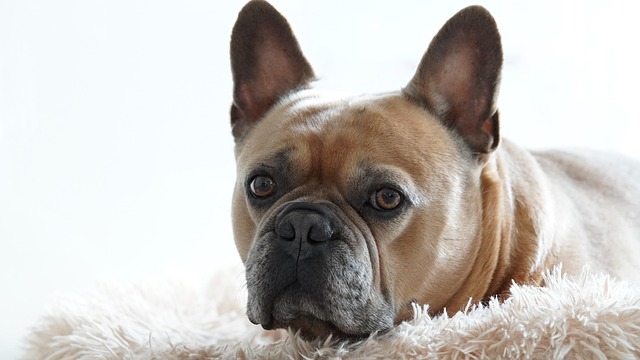
If you’ve ever found yourself holding a bottle of eye drops, staring at your pup’s red, watery eye, and wondering, “Can I just put this in?” you’re not alone.